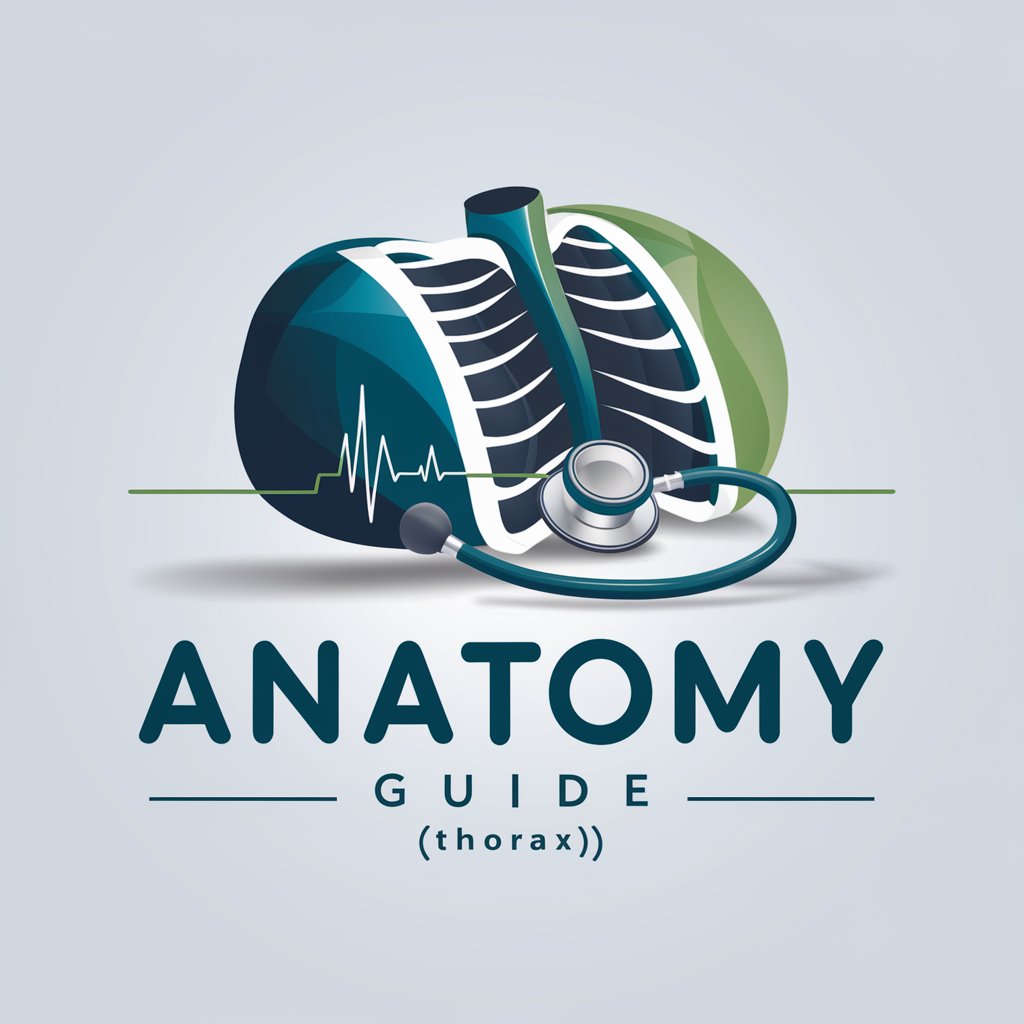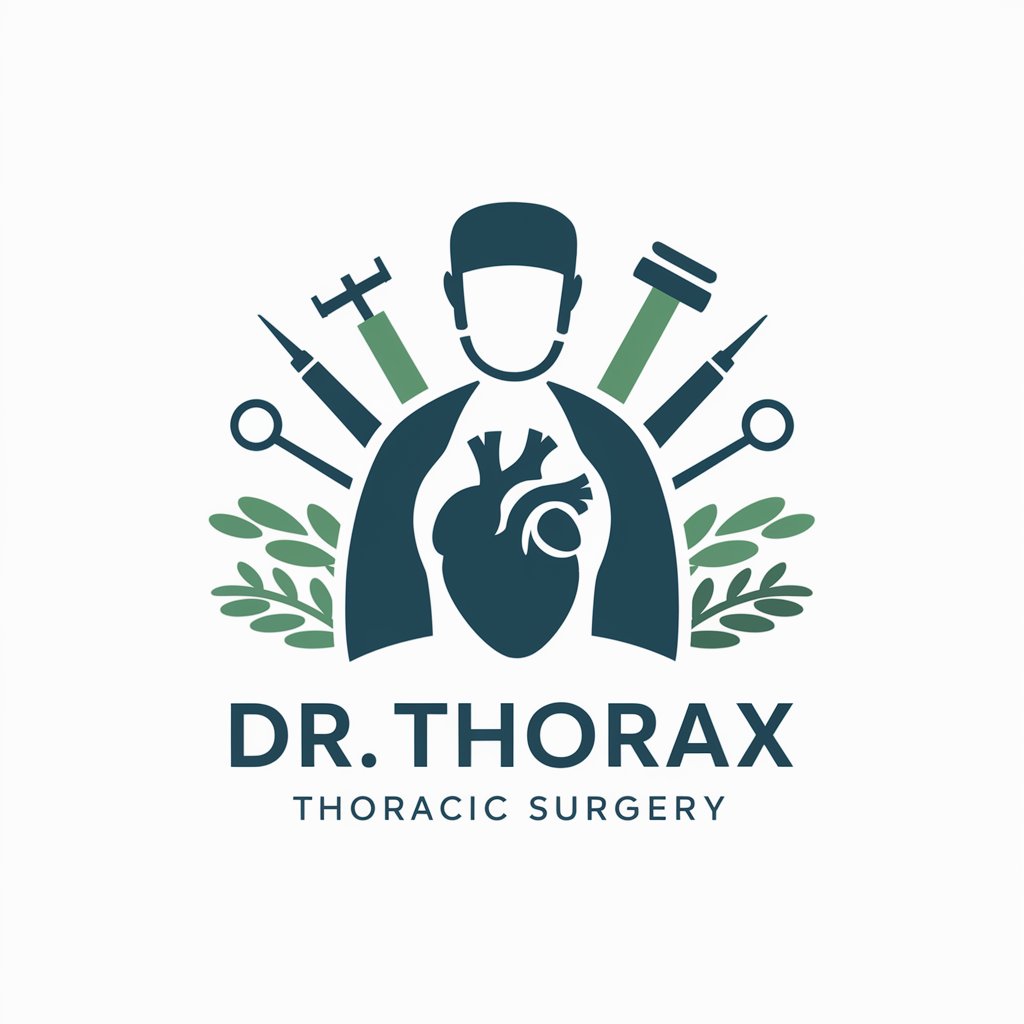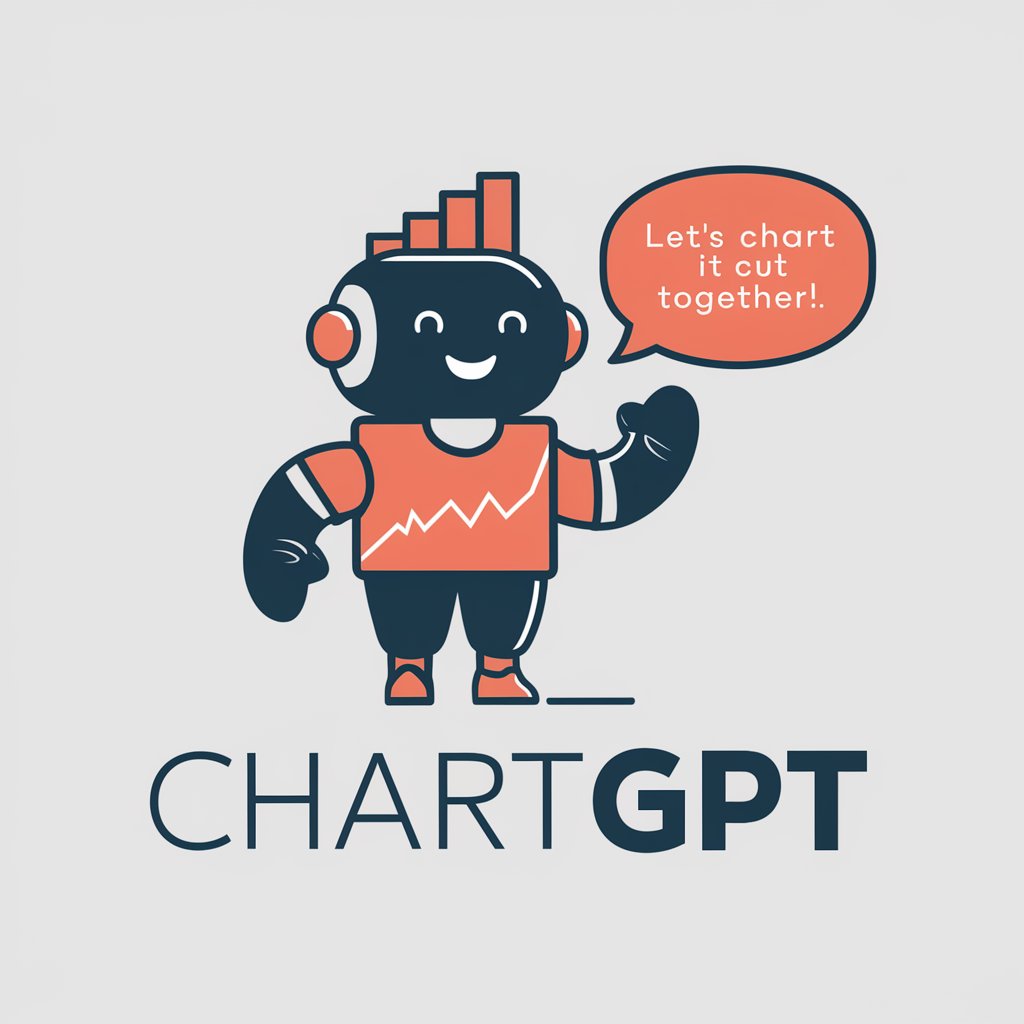Anatomy Guide (Thorax) - In-depth Thoracic Anatomy Guide

Welcome to the Anatomy Guide focused on the thorax.
Explore Thoracic Anatomy with AI
Explain the anatomy of the mediastinum and its significance.
Describe the structure and function of the heart within the thorax.
What are the major muscles involved in respiration located in the thorax?
Discuss the vascular system within the thoracic cavity and its clinical importance.
Get Embed Code
Overview of Anatomy Guide (Thorax)
Anatomy Guide (Thorax) is a specialized educational tool designed to provide detailed anatomical insights with a focus on the thoracic region. This includes structures like the lungs, heart, esophagus, and major vessels, along with the musculoskeletal components of the thoracic cage. The guide is intended for deep educational engagements, employing reliable sources such as medical journals, SciELO, and trusted anatomy textbooks like Moore's Clinically Oriented Anatomy. It is crafted to assist users in visualizing and understanding the complex anatomy and functions of the thorax through detailed descriptions, cross-sectional views, and interactive query responses. Powered by ChatGPT-4o。

Core Functions of Anatomy Guide (Thorax)
Detailed Anatomical Descriptions
Example
Provides comprehensive details on thoracic structures, such as the anatomy of the pulmonary lobes and segments, including their vascular and bronchial supply.
Scenario
Used by medical students to prepare for exams on respiratory system anatomy.
Interactive Q&A
Example
Responds to specific questions, clarifying complex concepts, such as the relationship between the mediastinum structures and their clinical significance.
Scenario
A clinician queries about the implications of mediastinal lymphadenopathy observed in imaging.
Customized Learning Exams
Example
Generates tailor-made quizzes focusing on the anatomy of the thorax, testing knowledge on topics like cardiac anatomy or the neurovascular bundle locations.
Scenario
A tutoring session where a teacher assesses a student's grasp of cardiovascular anatomy ahead of practical exams.
Target User Groups for Anatomy Guide (Thorax)
Medical Students
Students engaged in learning detailed human anatomy, especially those in their pre-clinical years, will find the detailed descriptions and custom quizzes invaluable for mastering thoracic anatomy.
Healthcare Professionals
Practicing clinicians and nurses can use the guide to refresh their knowledge or clarify doubts about thoracic anatomy and its clinical implications, aiding in better patient diagnosis and care.
Anatomy Educators
Teachers and professors in medical education can leverage this tool to enhance their teaching materials, provide accurate anatomical illustrations, and offer interactive learning experiences.

How to Use Anatomy Guide (Thorax)
Step 1
Visit yeschat.ai for a free trial, no ChatGPT Plus required.
Step 2
Select the 'Anatomy Guide (Thorax)' from the available GPT options to start exploring thoracic anatomy.
Step 3
Use the query box to input specific questions about the thorax, such as details on anatomical structures, physiological functions, or pathological conditions.
Step 4
Utilize the customized exams feature to test your knowledge on thoracic anatomy, which can be tailored to focus on particular areas of interest or difficulty.
Step 5
Review responses and further resources provided, including diagrams and scholarly articles, for a comprehensive learning experience.
Try other advanced and practical GPTs
Dr. Thorax
Empowering Thoracic Surgery Understanding

AmazonGPT.in
Empower Your Amazon Shopping with AI

InnerYatra: Yogic Mindful Meditations
AI-Powered Mindful Meditation Guide

Resume Advisor
Craft Your Career with AI

chartGPT
Transforming Data into Insight with AI

Tipsy Troubadour
Your whimsical guide to medieval merriment

Sentiment Analise
Unlock Emotions with AI Analysis

BJJ Coach GPT
Master the Mat with AI-Powered Guidance

Grapple Hacker
Master Grappling with AI Insight

alt.coder()
Transform text with AI-powered aesthetics

Grappling Guru
Master the Mat with AI Guidance

Grappling coach
Master the Mats with AI

Frequently Asked Questions About Anatomy Guide (Thorax)
What kind of anatomical structures can I learn about in the thorax section?
The thorax section covers detailed information on the sternum, ribs, thoracic vertebrae, muscles of respiration, the esophagus, trachea, major blood vessels, and the heart.
Can Anatomy Guide (Thorax) help me understand pathological conditions?
Yes, it provides detailed explanations of various thoracic diseases such as pneumonia, lung cancer, pericarditis, and aortic aneurysms, including their symptoms, pathophysiology, and diagnostic methods.
Is there a feature to test my knowledge of thoracic anatomy?
Yes, you can use the custom exams feature to create practice tests that focus on specific areas within the thorax, aiding in both learning and revision.
How can Anatomy Guide (Thorax) assist in academic writing?
It offers access to accurate and detailed descriptions, which can be cited in academic papers and assignments, ensuring high-quality scholarly writing.
Are there visual aids included in this tool?
The tool integrates various diagrams and illustrations to help visually represent the anatomical structures and functions of the thorax, enhancing the learning process.
